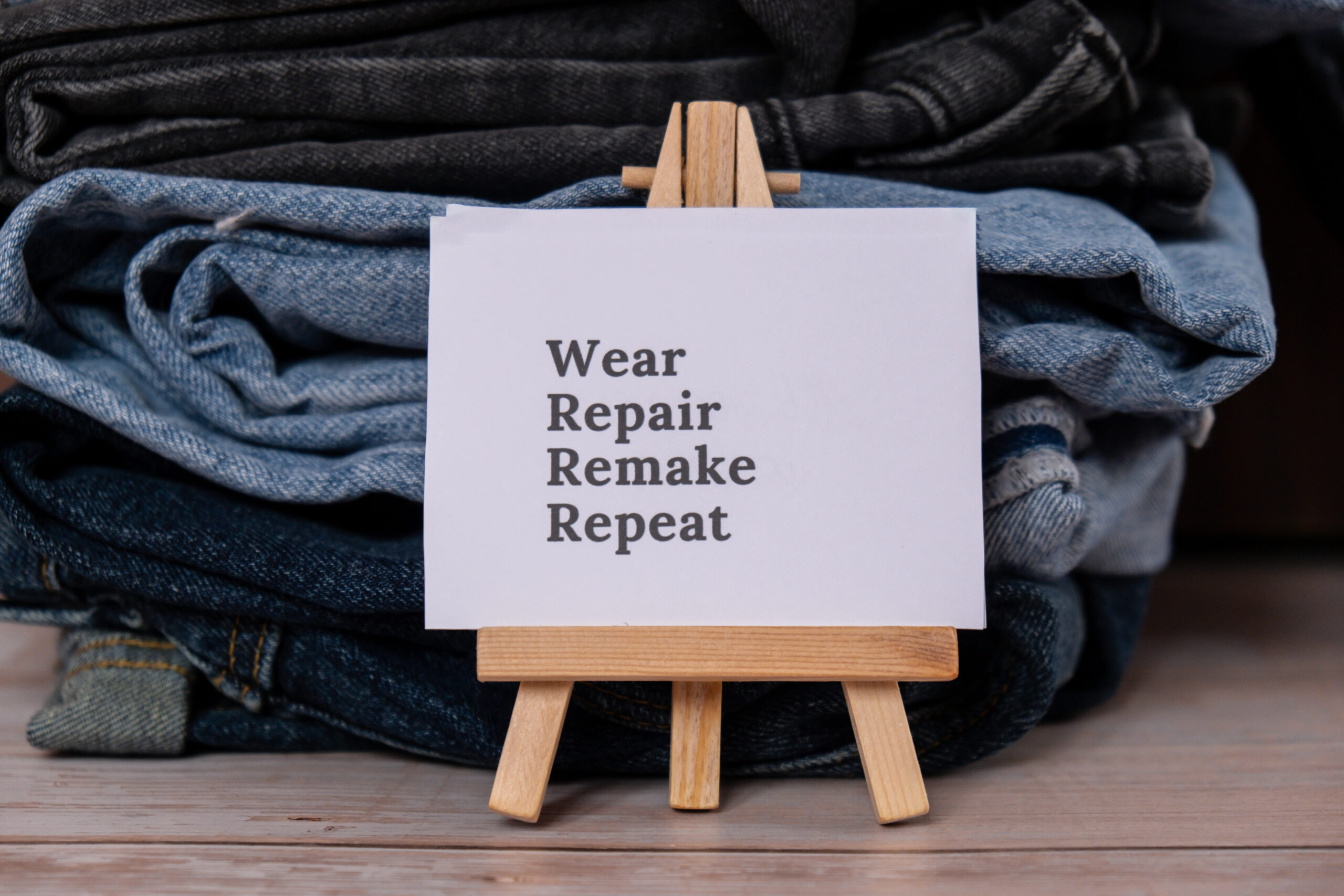Introducing slow fashion, a sustainable alternative to the whirlwind world of fast fashion, where trends come and go in the blink of an eye. It’s all about making a deliberate decision to place importance on quality, durability, and ethical standards when it comes to making and wearing clothes. This method challenges the prevailing trend of rapid fashion, which frequently contributes to environmental harm and questionable labour conditions. Slow fashion goes beyond being a passing trend; it’s a full-fledged movement that calls for a fundamental shift in our perception and engagement with the world of fashion.

The Tenets of Slow Fashion
The heart and soul of slow fashion lie in its dedication to superior quality, exquisite craftsmanship, and the utmost commitment to ethical production. Our approach places a strong emphasis on crafting items that are both timeless and durable, surpassing fleeting seasonal trends. We encourage our valued customers to invest in pieces that will stand the test of time. At the heart of our work lies a deep appreciation for craftsmanship, where we place great emphasis on time-honored processes and the mastery of artisanal skills. This commitment ensures that every piece we create possesses a distinct and unparalleled value.
Another fundamental aspect of slow fashion is ethical manufacture, which encompasses fair labour practices and transparency in the supply chain. It’s all about showing proper respect and appreciation for the hardworking individuals who create these items, while also making sure they have a safe work environment and receive fair compensation. Slow fashion firms frequently collaborate with small-scale producers and local craftspeople, actively contributing to communities and safeguarding traditional crafts.
Embracing the Path to Environmental Sustainability
It’s no secret that slow fashion plays a major role in promoting environmental sustainability. By opting for a more streamlined approach and focusing on crafting fewer, but top-notch things, it not only minimises waste but also preserves valuable resources. Many slow fashion firms go for sustainable materials like organic cotton, repurposed fabrics, and natural dyes to reduce the environmental footprint of their items.
The delightful slow fashion model also promotes a wonderfully circular approach to fashion, where clothing are ingeniously created to be recycled or upcycled when they reach the end of their life. By doing this, we’re not only preventing excessive clothing waste from piling up in landfills, but also encouraging a more environmentally friendly approach to the life cycle of fashion items.
Embracing the Perspective of the Consumer
It’s quite fascinating to see how more and more consumers are becoming interested in making sustainable and ethical fashion choices. With the increasing recognition of the environmental and social consequences of fast fashion, more and more people are actively searching for alternatives that resonate with their personal beliefs. Embracing the slow fashion movement aligns perfectly with this philosophy, providing a conscientious and accountable approach to the world of fashion.
More and more, consumers are recognising the value of investing in durable, high-quality items instead of continuously pursuing fleeting trends. The shift in customer behaviour plays a crucial role in propelling the slow fashion movement and inspiring more firms to embrace sustainable methods.
Conclusion
With its potential to revolutionise the fashion industry, slow fashion paves the way for a more sustainable future. With its emphasis on quality, skillful workmanship, ethical production, and environmental sustainability, it presents a compelling alternative to the wasteful and sometimes exploitative methods of fast fashion. With the increasing awareness and demand for sustainable fashion among consumers, it’s not far-fetched to imagine that slow fashion could soon become the standard. This shift would undoubtedly result in a more responsible and thoughtful fashion business.
